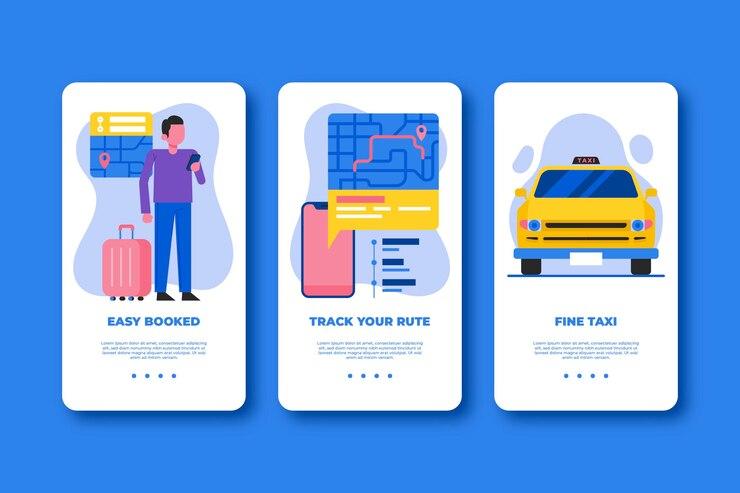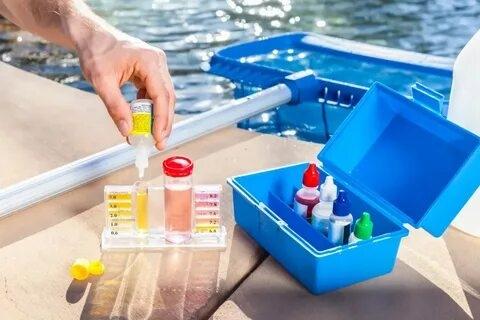8 Tips to Reduce Sugar Intake in Daily Life!

Okay, I need to be honest with you—cutting down on sugar is hard. Like, harder than it should be. I mean, sugar is everywhere. You think you're doing fine—grabbing a "healthy" yogurt, or a granola bar, or even a smoothie—and then you look at the label… boom. 20 grams of sugar. I've done it. You've probably done it.
But here's the thing. You can reduce sugar without feeling miserable. I've been experimenting with this for months, and I've figured out a few tricks that actually work. So here's my list of tips to reduce sugar intake that you can start today. And yeah, if you ever feel completely stuck, talking to the best nutritionist in Mumbai can really help you figure it out without making you feel like you're doing something wrong.
8 Tips to Reduce Sugar Intake in Daily Life
1. Figure Out Where Sugar Actually Hides
This one shocked me. Sugar isn't just in candy.
1. Breakfast cereal? Full of sugar. I was eating it for years, thinking it was "healthy."
2. Sauces, ketchup, pasta sauce—sugar everywhere.
3. Packaged juices or smoothies? Basically, liquid candy.
Once you start noticing these sneaky sources, it's easier to make better choices without feeling like you're missing out on everything.
2. Don't Try to Quit Cold Turkey
I tried this once. Big mistake. The cravings hit like a truck.
1. Start with drinks—swap soda for sparkling water or unsweetened tea.
2. Cut sugar in coffee gradually, like half a teaspoon at a time.
3. Replace candy with fruit or a handful of nuts.
Small steps stick. Seriously. Your taste buds will adjust, and you won't even miss sugar as much as you think.
3. Go for Whole Foods
Processed food is basically sugar disguised as "convenience."
1. Fruit instead of juice. I started keeping an apple in my bag, and it actually helped.
2. Nuts or seeds instead of cookies. It's not the same, but your body thanks you.
3. Oats or whole-grain cereal instead of sugary stuff.
The fiber in whole foods keeps you fuller longer. You feel better, not just lighter.
4. Read Labels
Labels can be annoying, but this one is important.
1. Look for "added sugar" or sneaky names like sucrose, glucose, and corn syrup.
2. Compare brands—a granola bar can be 10 grams of sugar versus 3 grams.
I started doing this, and honestly, I was shocked at how much sugar I'd been unknowingly eating.
5. Be Careful With "Sugar-Free"
Just because it says sugar-free doesn't mean it's good for you.
1. A lot of sugar-free stuff uses artificial sweeteners that can still make you crave sugar.
2. Some are so processed that they don't fill you up at all.
Honestly, it's simpler to eat things that naturally don't have added sugar. Fewer headaches.
6. Plan Your Meals
This one changed everything for me.
1. Prep breakfast the night before—overnight oats, eggs, whatever works.
2. Keep snacks ready: fruit, nuts, roasted chickpeas.
3. When hunger hits, you're less likely to grab sugary convenience food.
Even a little prep makes a huge difference. I swear.
7. Stress and Sleep Are Sneaky Craving Triggers
Ever notice you crave chocolate after a bad day or a poor night of sleep? Same here.
1. Stress and lack of sleep make your body want quick energy—hello sugar.
2. Simple things help: walking, journaling, deep breaths, whatever works for you.
3. Sleep more if you can. Even one extra hour can make cravings drop.
Sometimes reducing sugar isn't just about food—it's about your lifestyle.
8. Keep Healthy Options Ready
This one has saved me more times than I can count.
1. Fresh fruits like apples, oranges, berries—easy to grab.
2. Nuts, seeds, roasted chickpeas—satisfying and quick.
3. Dark chocolate (70% cocoa or more) for emergencies.
When healthy options are right there, skipping sugary snacks is way easier.
Why Seeing a Nutritionist Can Help
Even if you follow all these tips, sugar can creep back in. A nutritionist can:
1. Tell you how much sugar your body actually needs.
2. Suggest swaps that fit your life.
3. Track progress without making you feel guilty.
A personalized plan makes cutting sugar feel realistic, not like a punishment.
FAQs About Reducing Sugar Intake
Q1: How do I reduce sugar at home?
1. Swap sugary drinks for water or unsweetened tea.
2. Replace candy with fruits or nuts.
3. Watch out for hidden sugar in sauces, snacks, and packaged foods.
Q2: Will cutting sugar help me lose weight?
Usually, yes. Less sugar means fewer empty calories and more stable blood sugar, which helps with weight management.
Q3: How fast will I see changes?
Energy can improve in a few days. Weight or skin changes might take a few weeks. Be patient—it's not instant.
Q4: Do I need a nutritionist?
Not always, but the best nutritionist in Mumbai can make a plan that's realistic, especially if cravings are strong or you have other health issues.
Q5: What are some good low-sugar snacks?
1. Fresh fruits
2. Nuts and seeds
3. Greek yogurt without sugar
4. Dark chocolate
Cutting sugar isn't about being perfect. Some days will be harder than others. That's okay. Every small choice adds up.
Follow these tips to reduce sugar intake and you'll probably feel more energetic, more in control, and maybe even sleep better. And if you want help, talking to the best nutritionist in Mumbai can make it way easier.




